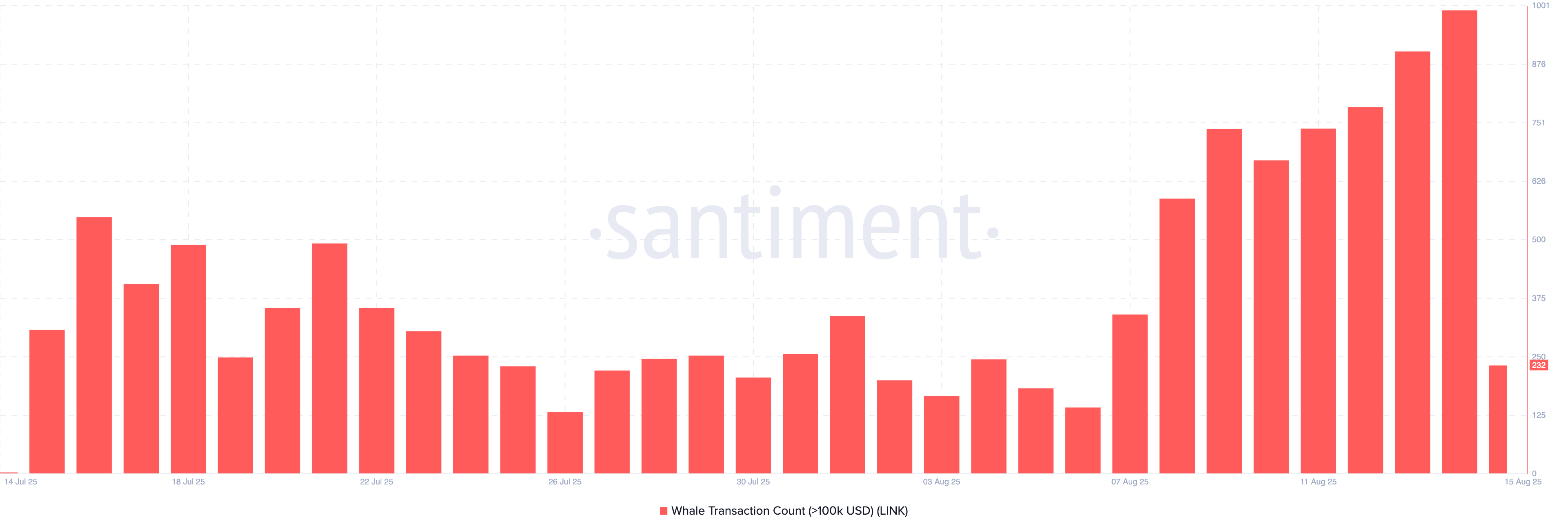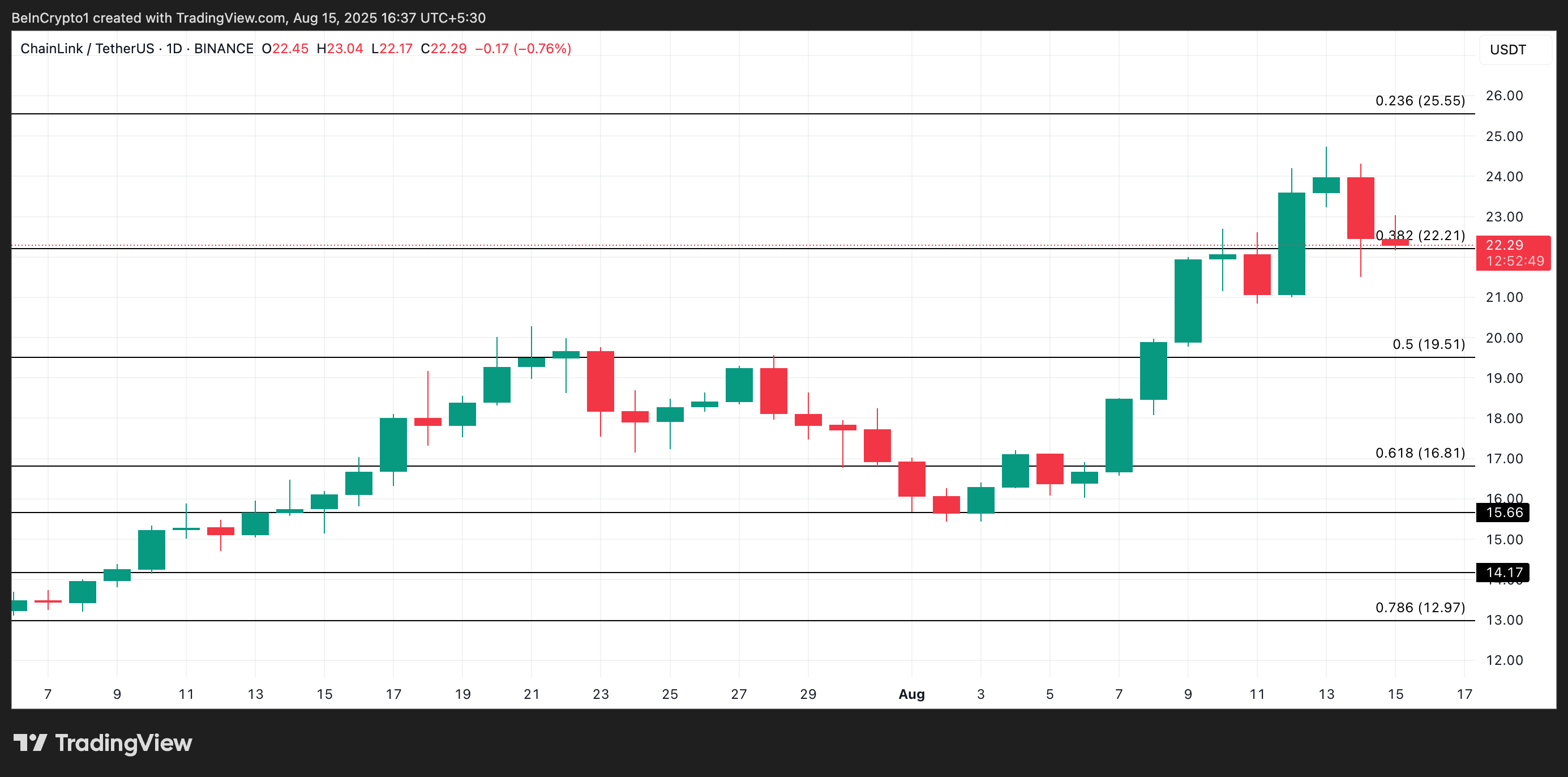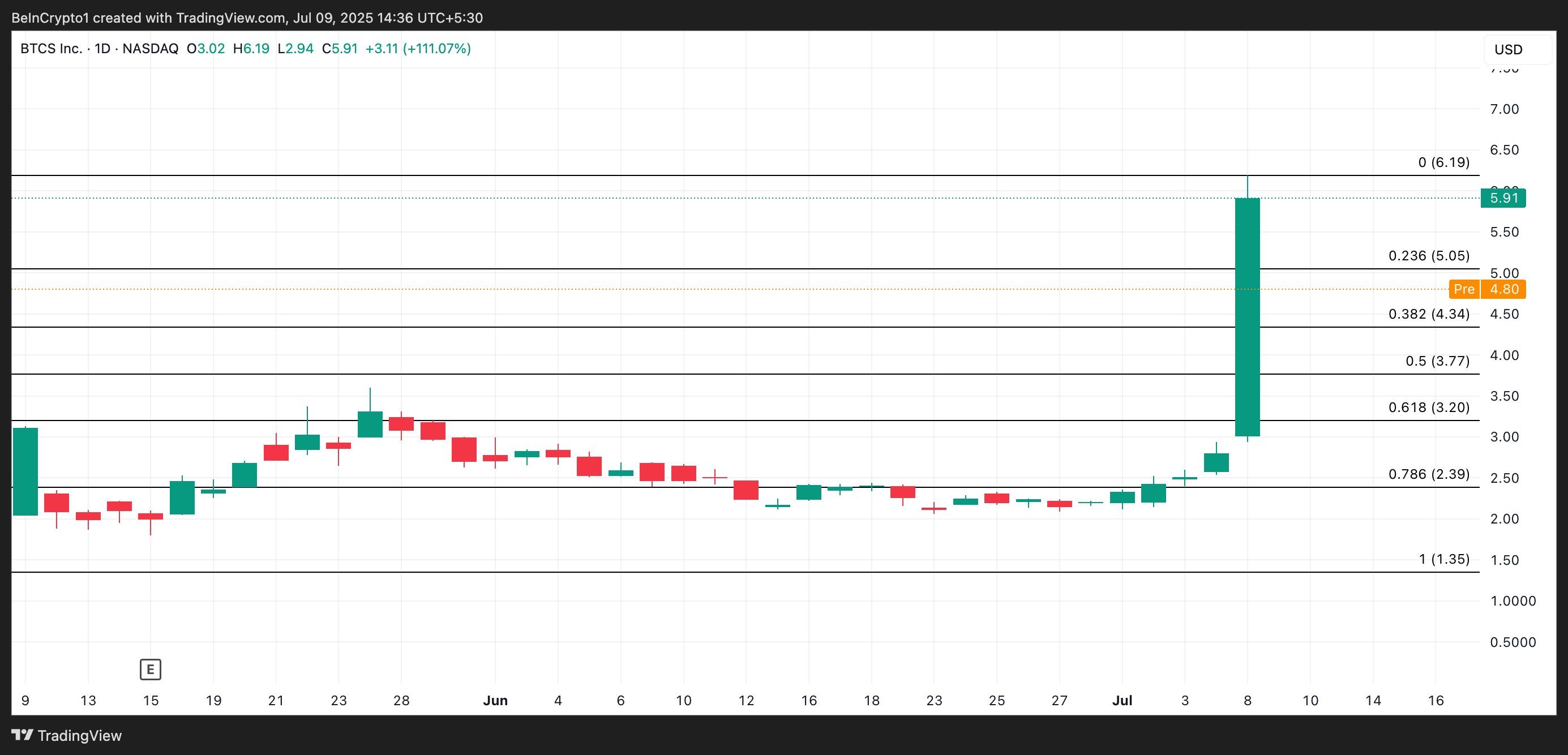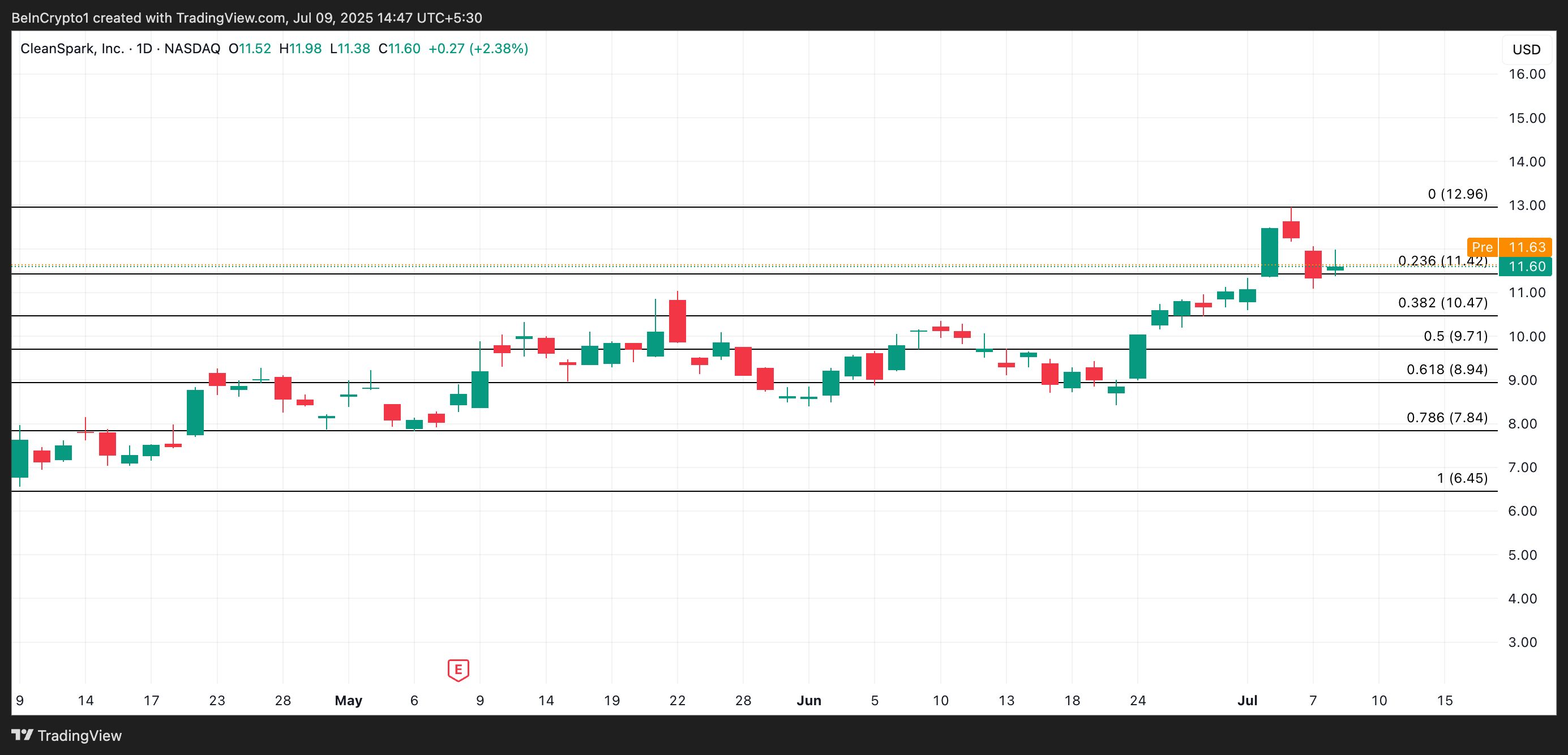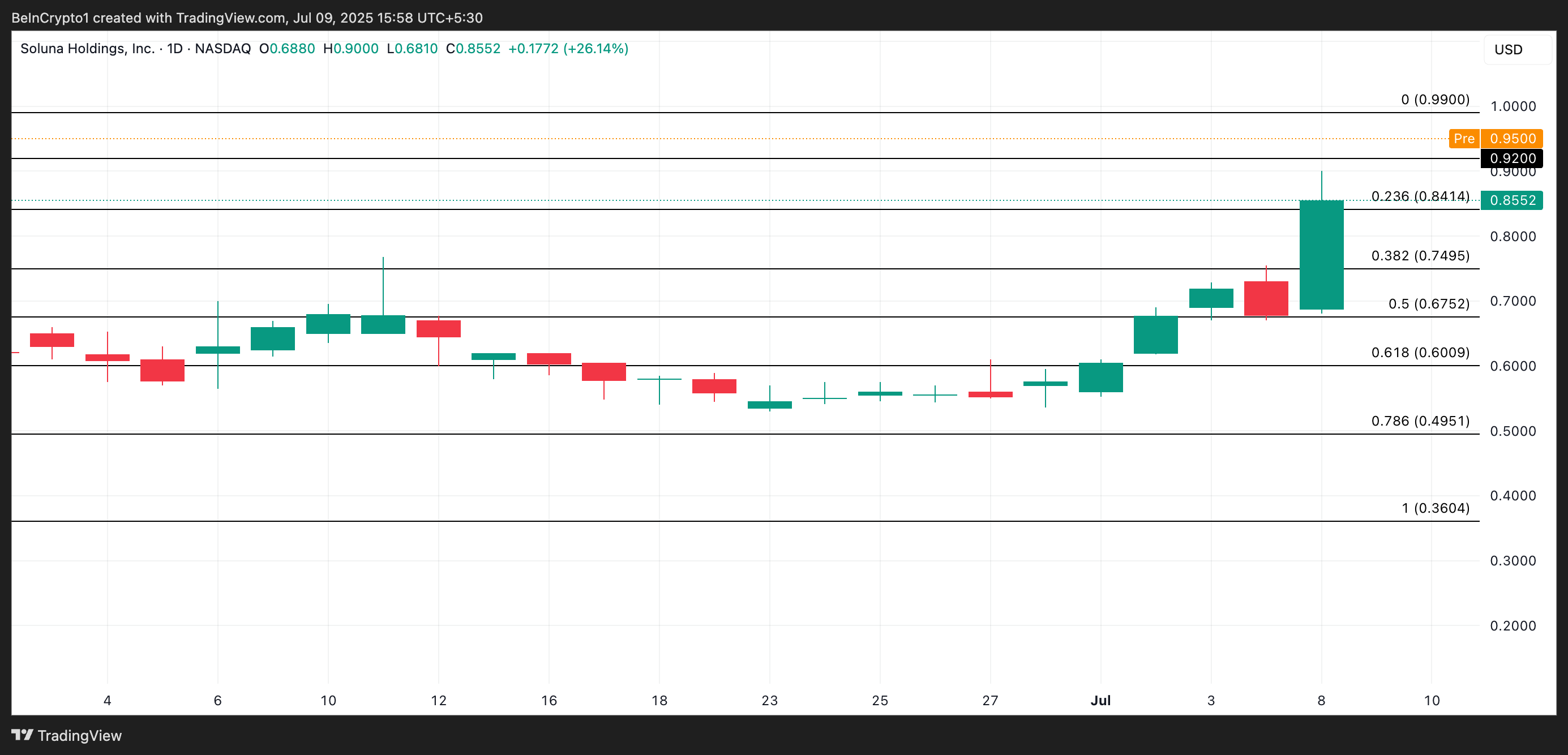Cardano has faced a series of setbacks recently, with its price failing to break through key resistance levels and subsequently experiencing a decline.
These struggles have left traders and investors feeling uncertain and bearish. The combination of weak inflows and skepticism among traders has stalled Cardano’s recovery.
Cardano Needs To Find Strength
For the past week, Cardano’s funding rate has fluctuated between positive and negative values, reflecting the unstable sentiment in the market. This fluctuation indicates that traders are attempting to capitalize on the price decline by placing short contracts. At the time of writing, short contracts dominate long positions, signaling that traders remain cautious and expect further declines.
This bearish sentiment is reinforced by the fact that short positions are outpacing long positions. As a result, the market is under heavy downward pressure, and there is little indication that a strong recovery is imminent unless there is a significant shift in trader behavior.

Cardano’s macro momentum is also impacted by a lack of investor support, as shown by the Chaikin Money Flow (CMF) indicator. The CMF has been stuck below the zero line for the past three weeks, indicating that money is flowing out of Cardano, not into it. This suggests that investor confidence is low, which is a major barrier to price growth.
Although the CMF recently showed a slight uptick, the broader trend of negative netflows remains intact. The lack of sustained inflows signals that investor sentiment has weakened, making it challenging for Cardano to break free from its current bearish trend.
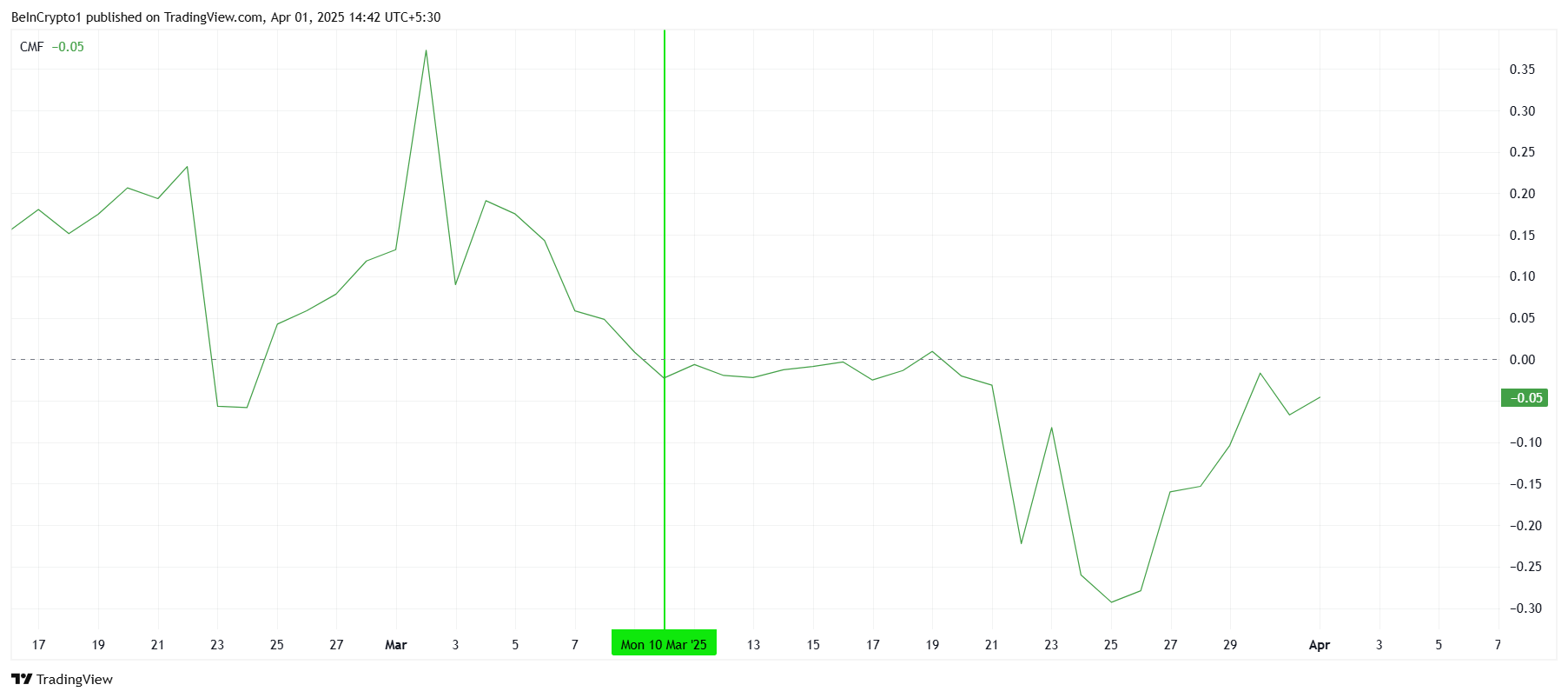
ADA Price Is Attempting to Recover Losses
Cardano’s price currently sits at $0.68, just under the crucial resistance level of $0.70. The altcoin appears to be on track for consolidation between $0.77 and $0.70. However, this consolidation could signal a lack of upward momentum and indicate a prolonged period of stability.
If ADA’s bearish sentiment persists, Cardano’s price could struggle to break the $0.70 barrier and instead slide further toward $0.62. This would mark a further decline and signal that the current price action is unlikely to result in a recovery without substantial shifts in market conditions or investor sentiment.

On the other hand, if investors begin to see the current price as an opportunity, Cardano could breach $0.70 and potentially rise beyond $0.77, towards $0.85. This would invalidate the bearish outlook, opening the door for a more significant price rally. However, without a notable increase in support, Cardano’s price is likely to remain under pressure.
The post Cardano (ADA) Price Recovery Blocked by Weak Inflows and Skepticism appeared first on BeInCrypto.



 LATEST:
LATEST: 
 Whale transactions at their highest level in seven months, alongside profits not seen since late 2024.
Whale transactions at their highest level in seven months, alongside profits not seen since late 2024.